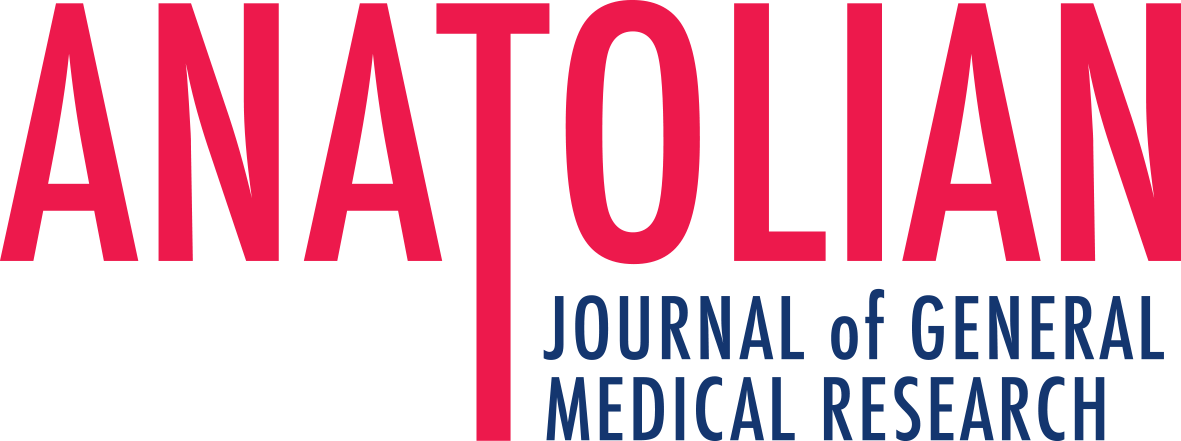Abstract
Aim: To investigate the relationship between the subtypes and prognostic features of the patients with Guillain Barre Syndrome (GBS). Methods: Between March 2002 and December 2004 nine children diagnosed as GBS and followed up for 1 year were retrospectively evaulated for age, sex, complaints, history of previous infections, clinical and CSF findings, functional grade of motor deficits on admission, their response to treatment and prognostic features. Electrophysiological studies were performed at the acute phase to ali patients. Nerve conduction studies including motor nerve conduction, sensory nerve conduction and F- wave. response studies were performed by the standart tecnique of surface electrode recording. Standart intravenous immunoglobulin therapy was administered with a dose of 0.4 g/kg/day for five consecutive days. The functional grade of motor deficits was assessed according to the scale of Hughes. Results: There were 9 patients (mean age 2.6 years of age; range 2 to 14 years), including one girl and eight boys. All patiens had history of previous infection except for one patient. Albuminocytological dissociation was observed in four cases. According to electrophysiologic findings, six patients (66%) were AMAN, one patient AIDP, one AMSAN and one Miller Fisher syndrome. Eight patients showed full recovery within 3 months. One patient recovered with seguela. Conclusion: The majority of the patients was of axonal subtype that is more common in developing countries. It was concluded that early diagnosis and treatment may provide full functional recovery at the axonal form which was known to show poor prognostic features.



